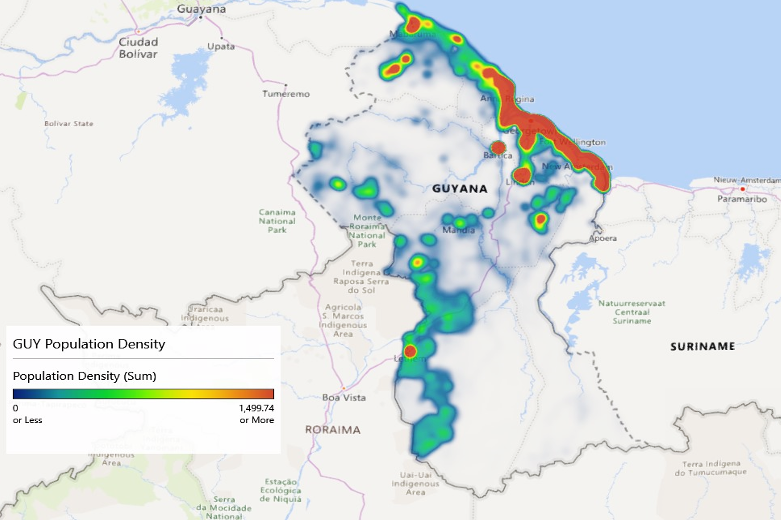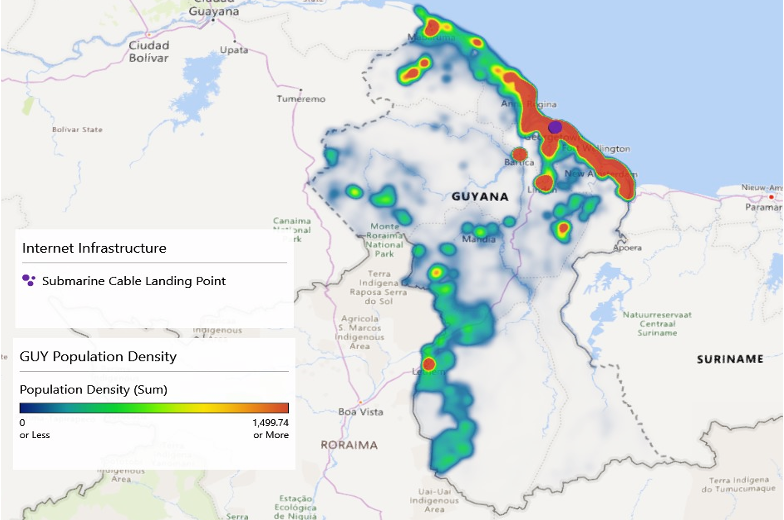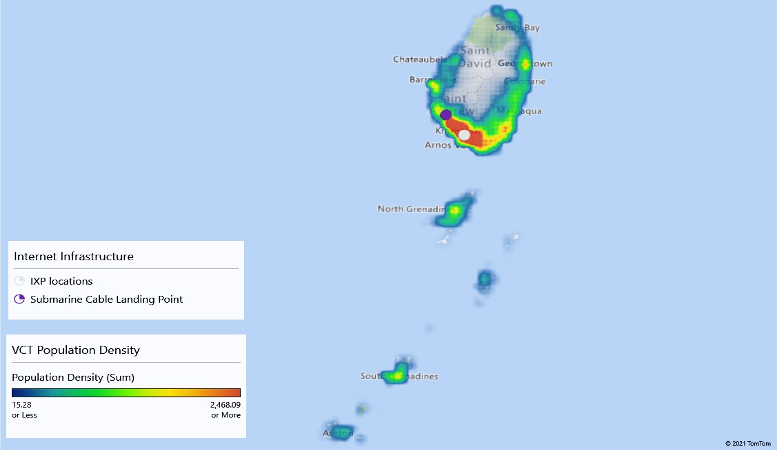Investigating the Caribbean ICT Landscape, is 1 of 16 Internet Governance research projects selected by the Latin American and Caribbean Internet Addresses Registry (LACNIC) for their Líderes 2.0 Programme 2021.
Centered on the theme Digital Inclusion, this study seeks to contribute to the planning and provisioning of adequate and accessible, telecommunications and internet infrastructure, and services in the Caribbean. Its focus is on determining the minimum information stakeholders deem necessary to accurately assess the availability, accessibility, usage, and quality of ICT in the region, particularly in underserved communities, with the intent of revealing data gaps and inconsistencies.
For demonstrative purposes, this pilot study considers three (3) sample countries: Guyana, St. Vincent and the Grenadines and Trinidad and Tobago, though it anticipates extensibility to all CARICOM countries following project execution. The stakeholder scope for data gathering purposes comprised policymakers and regulators in the telecommunications sector.
Disclaimer: the views and opinions expressed in this project are those of the authors or interviewees and do not necessarily reflect the official policy or position of LACNIC








